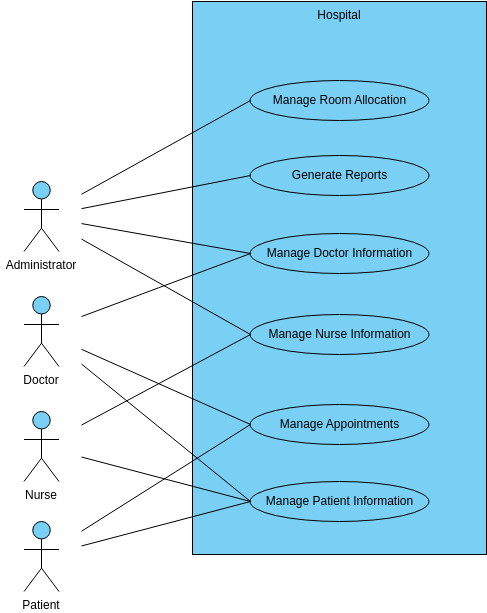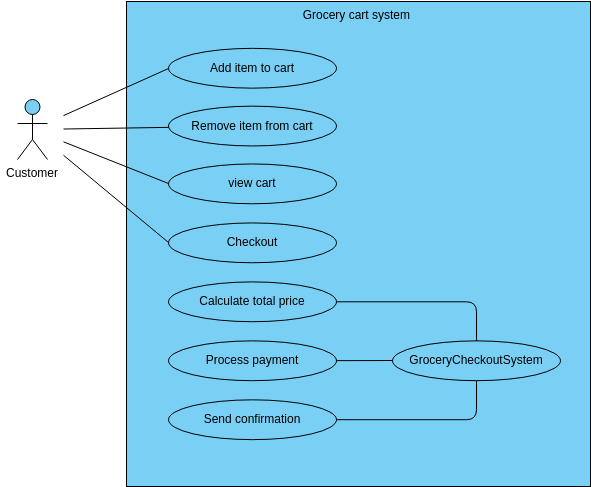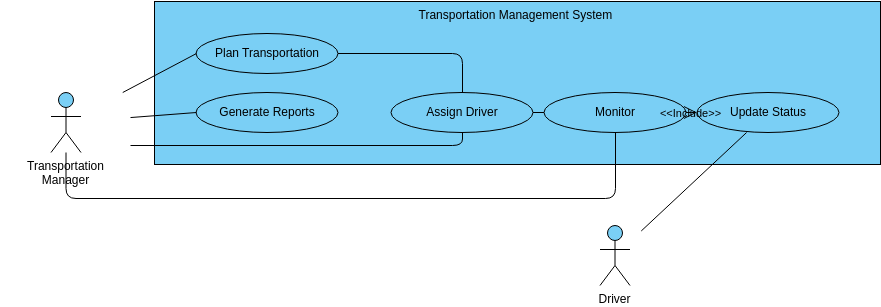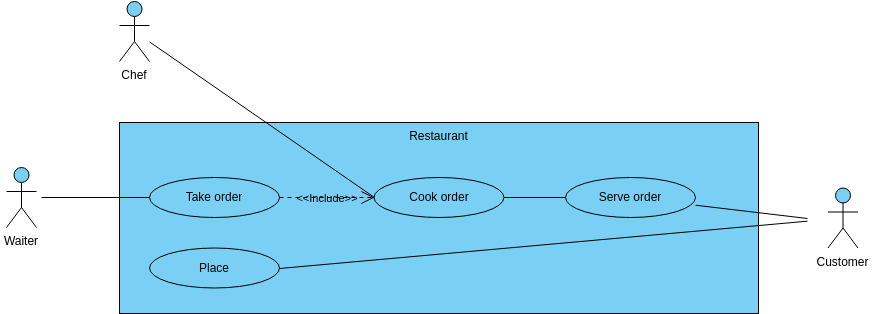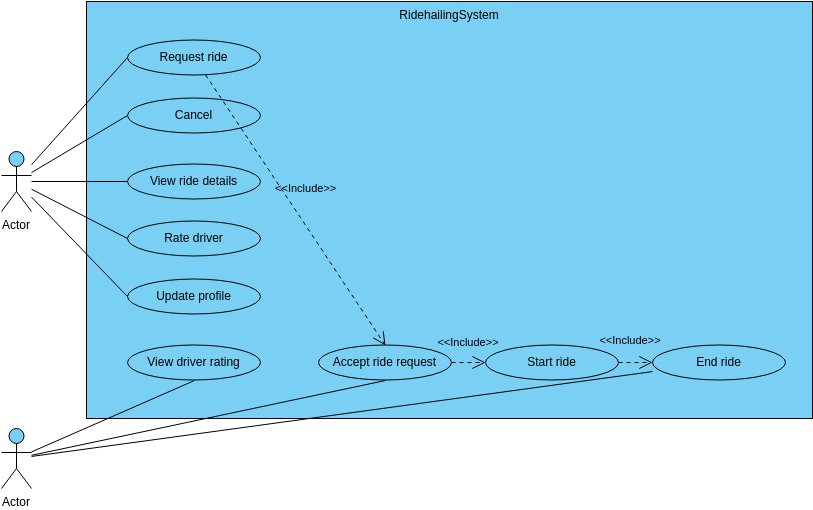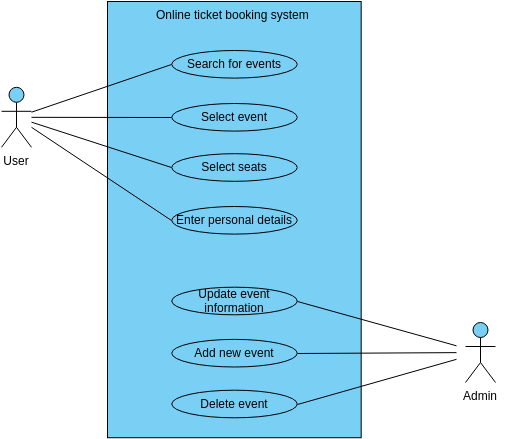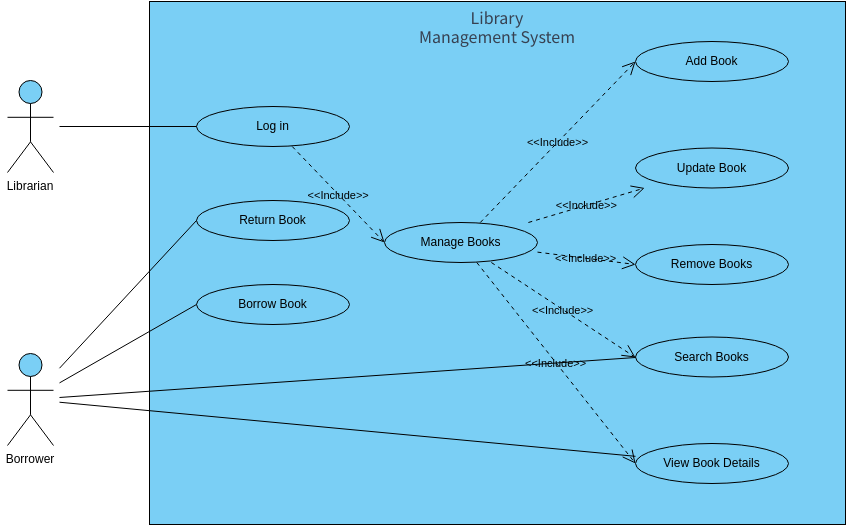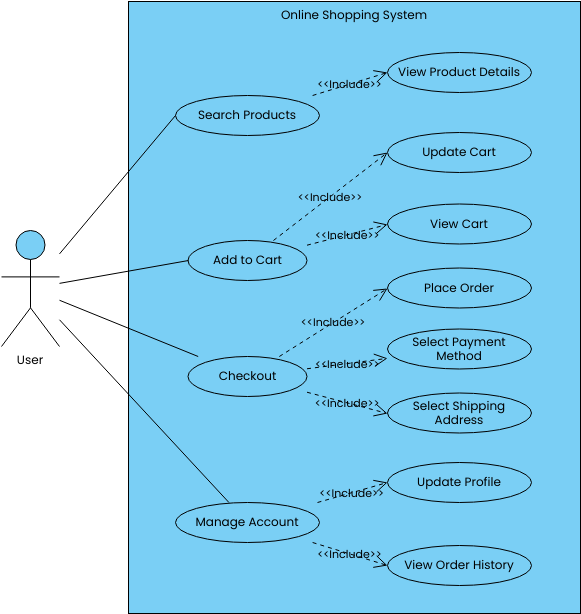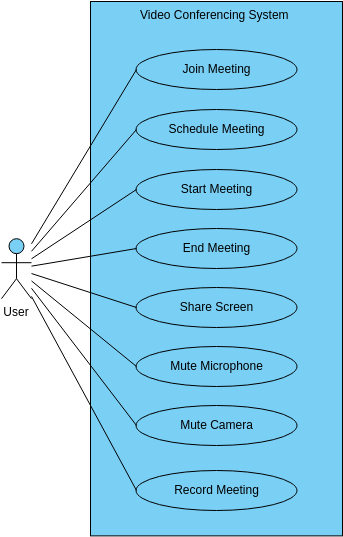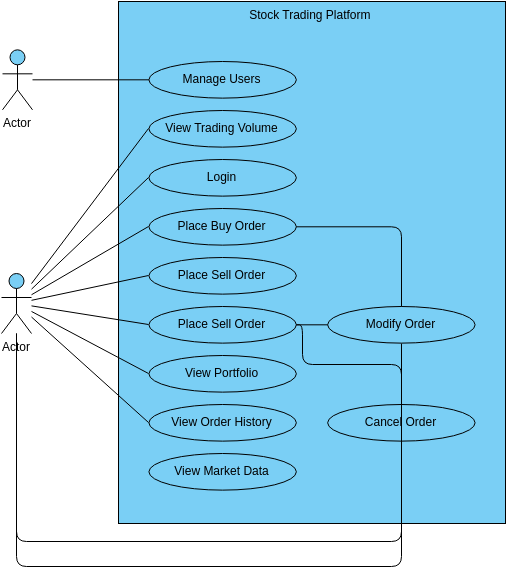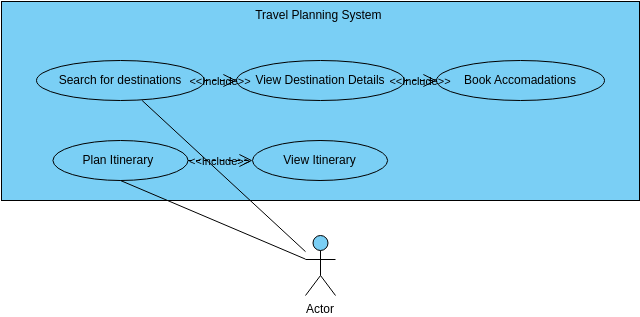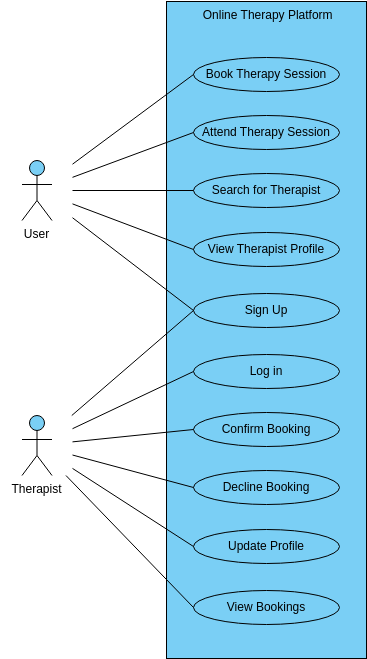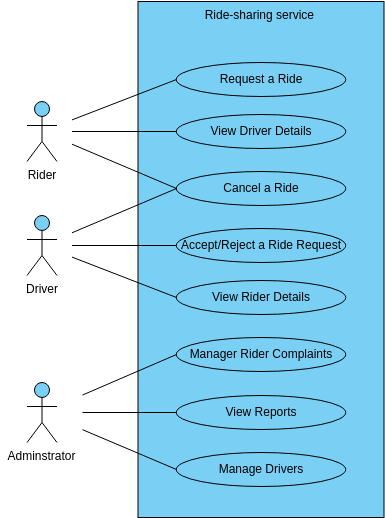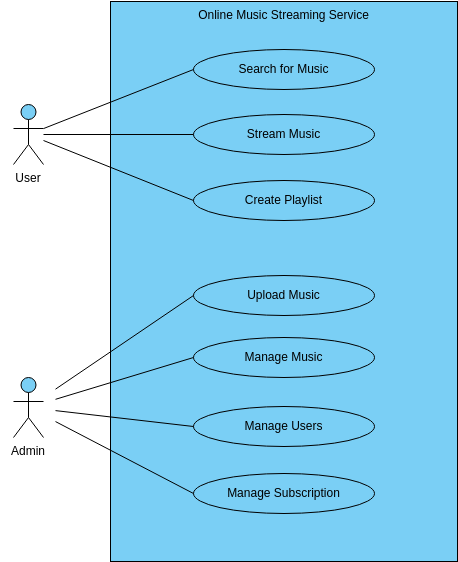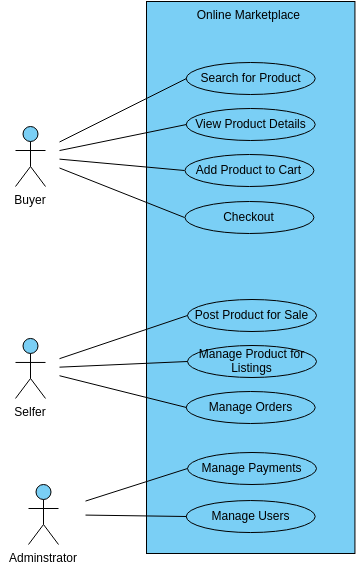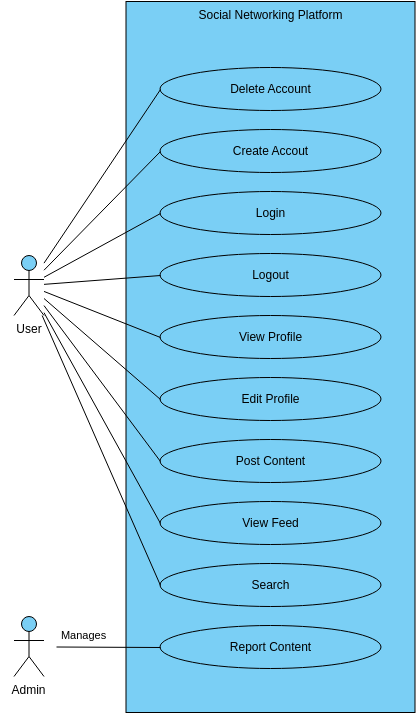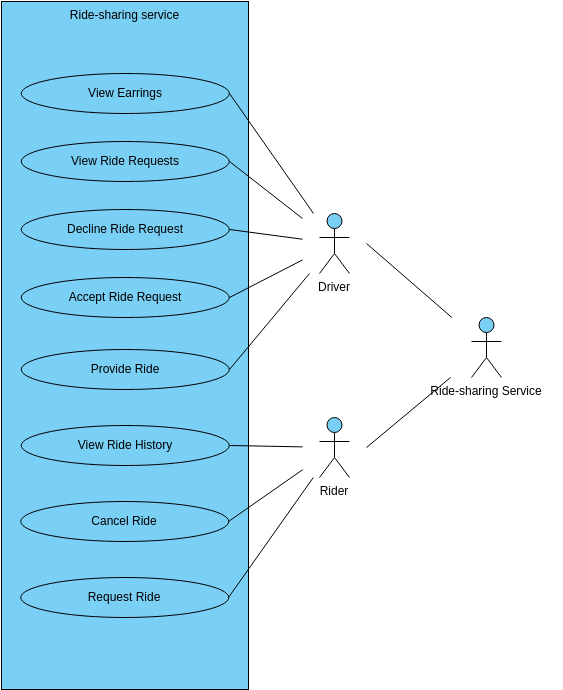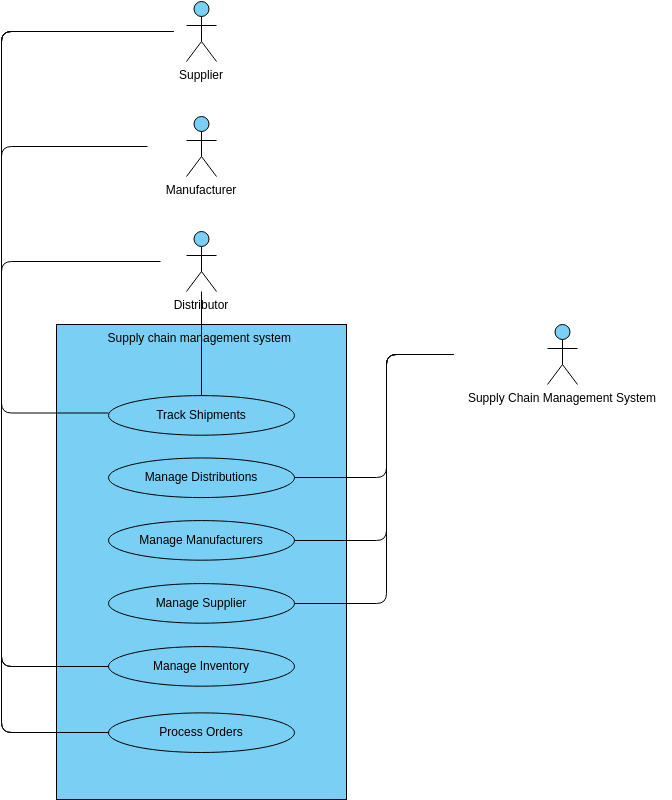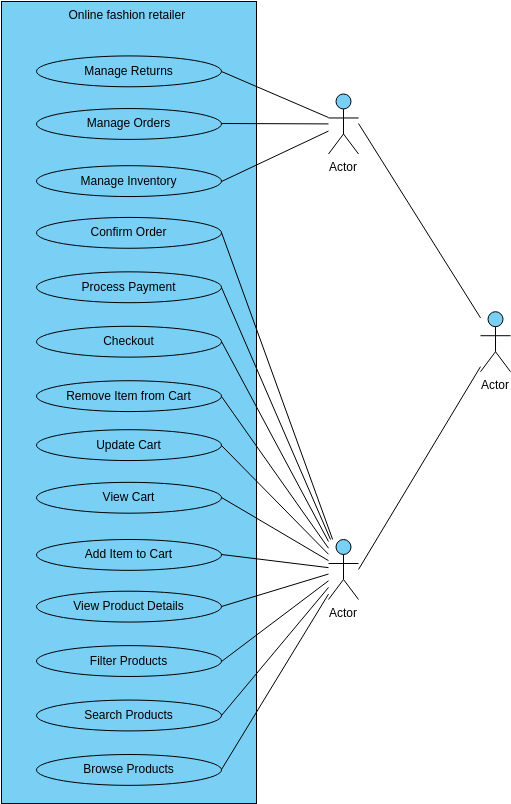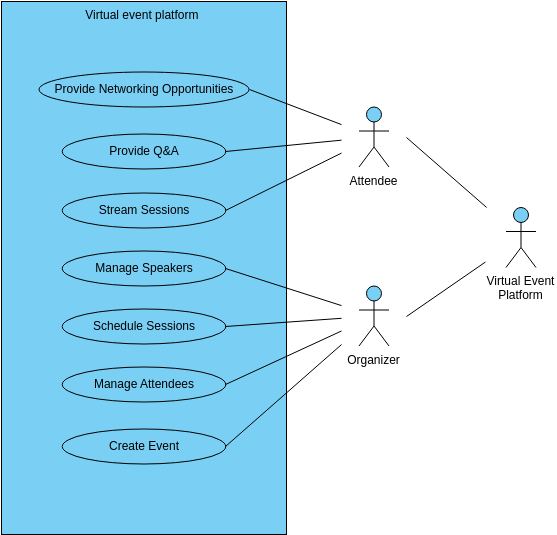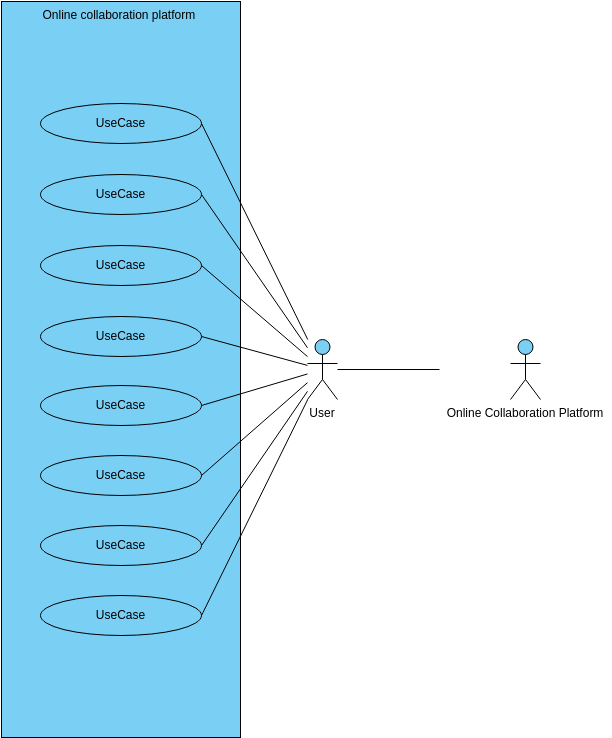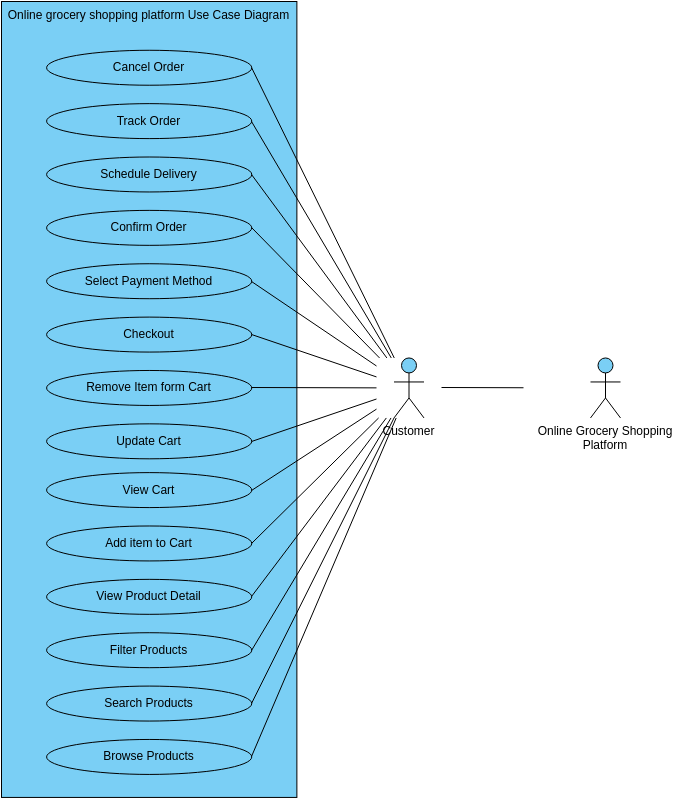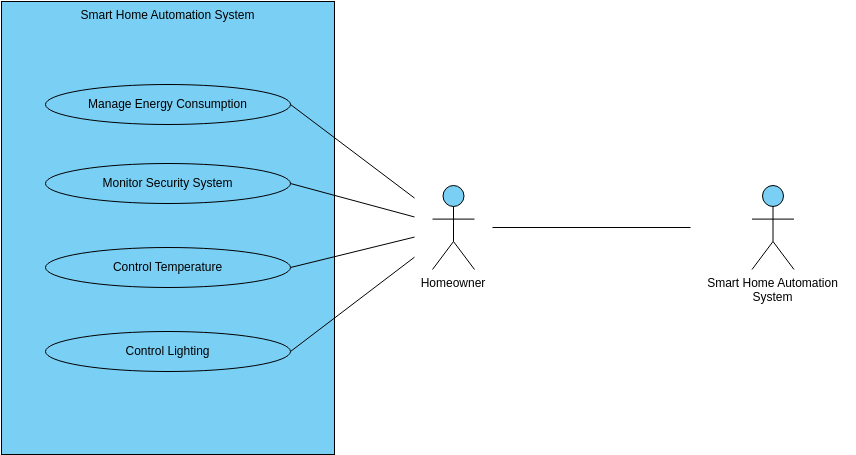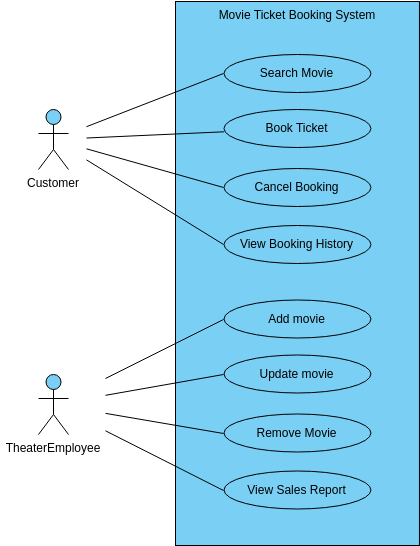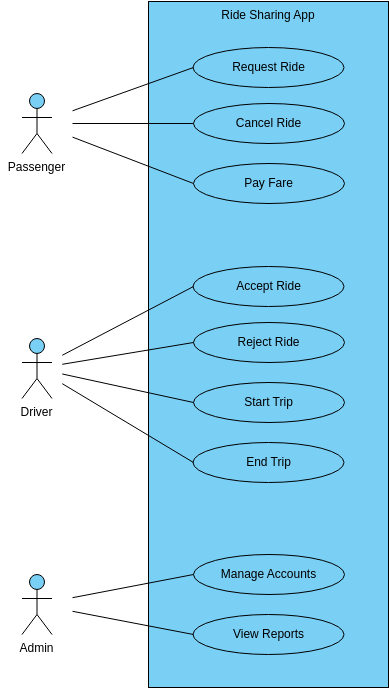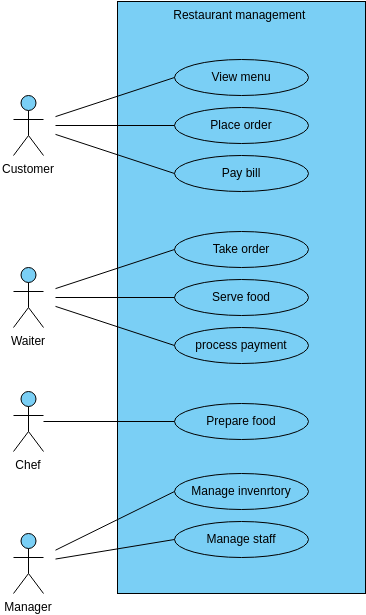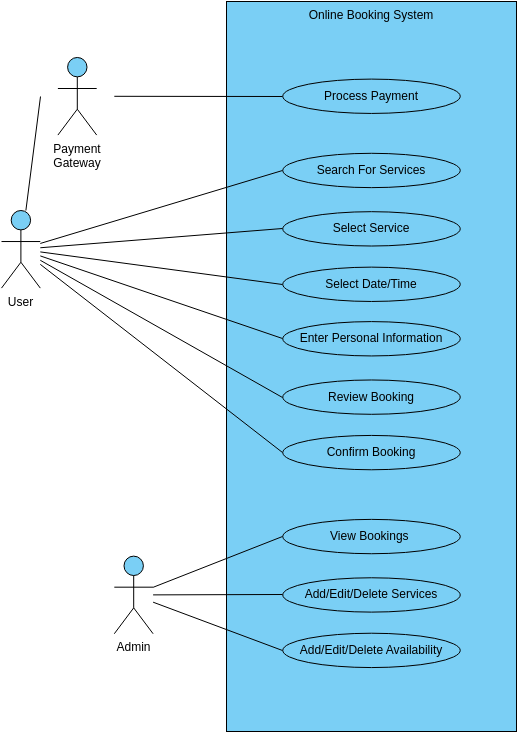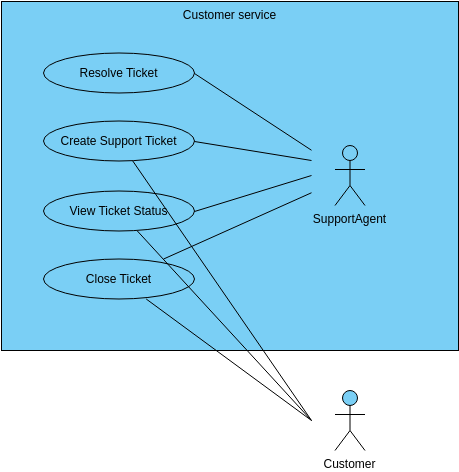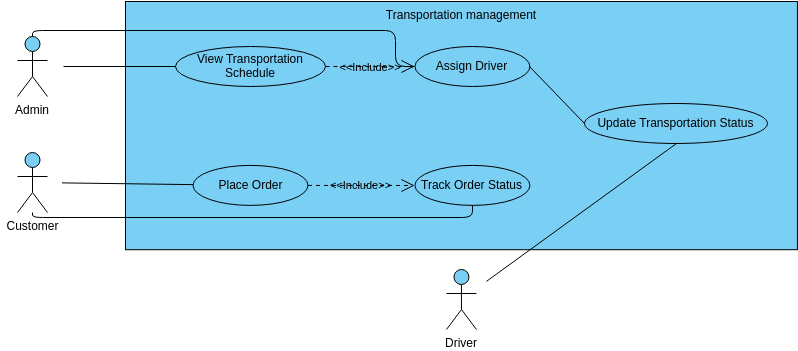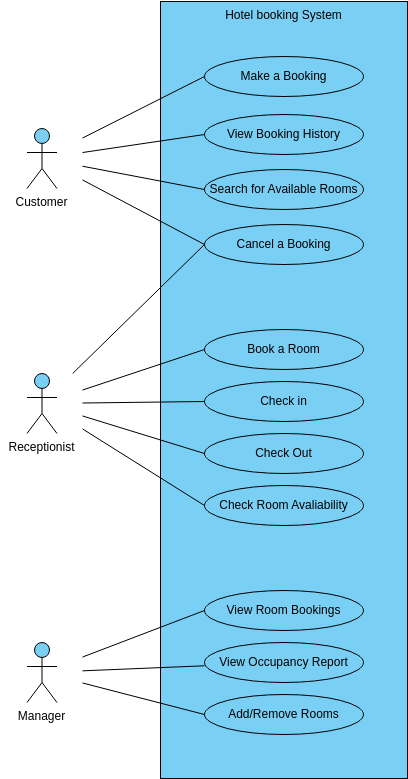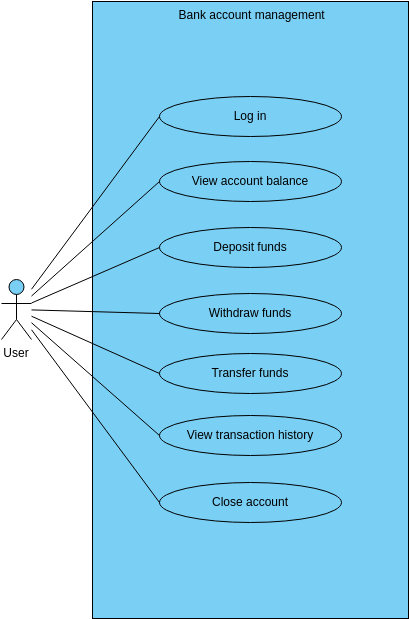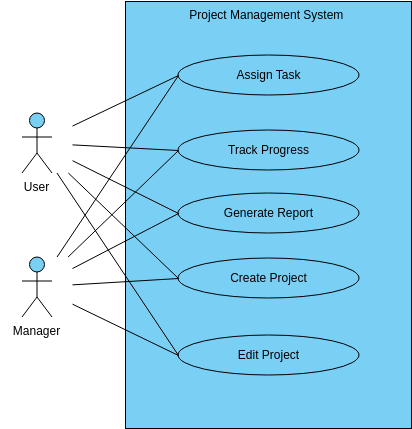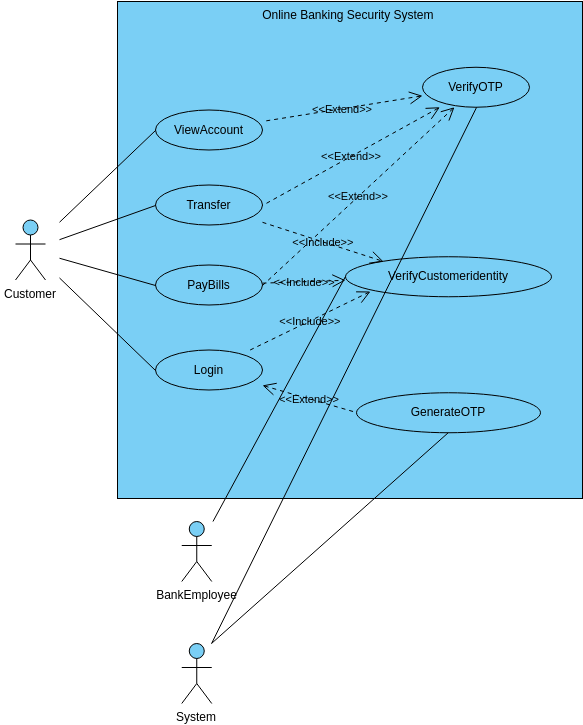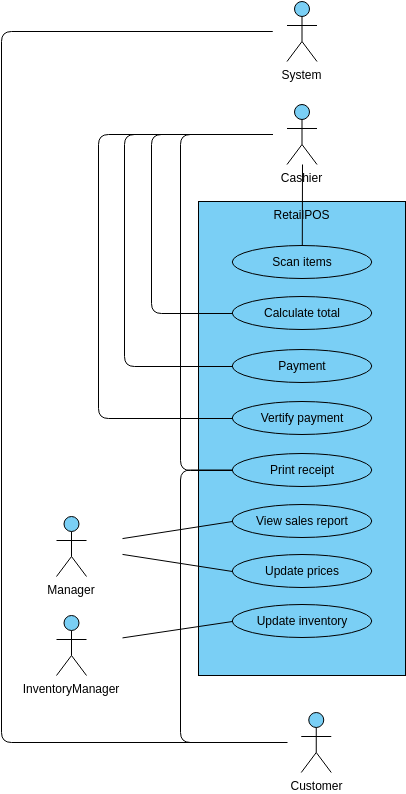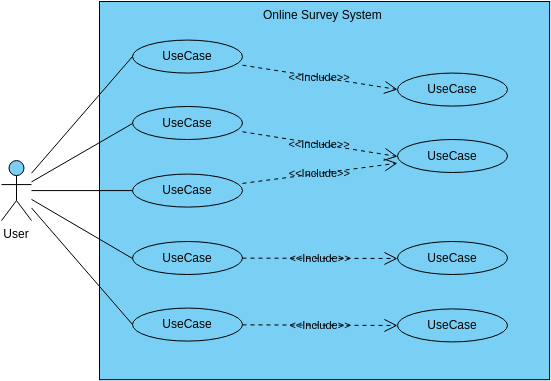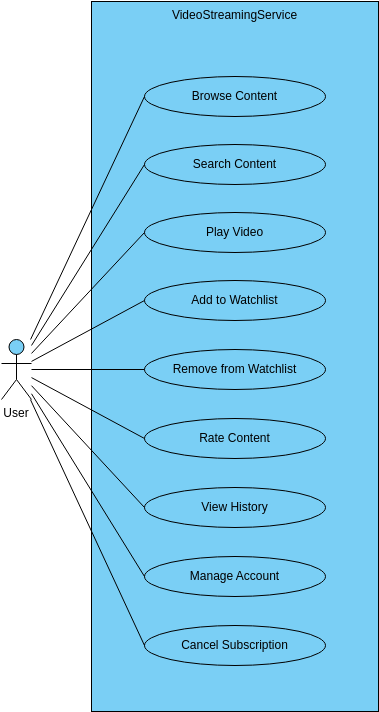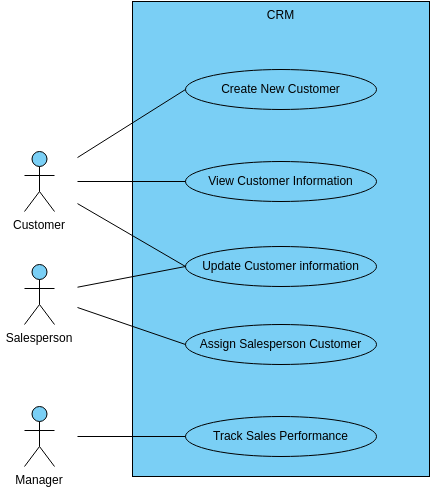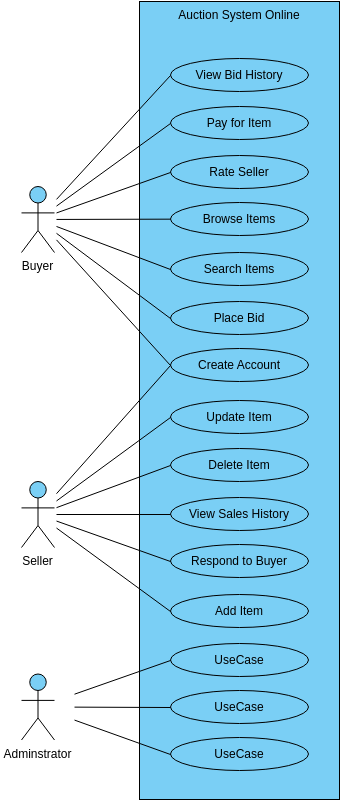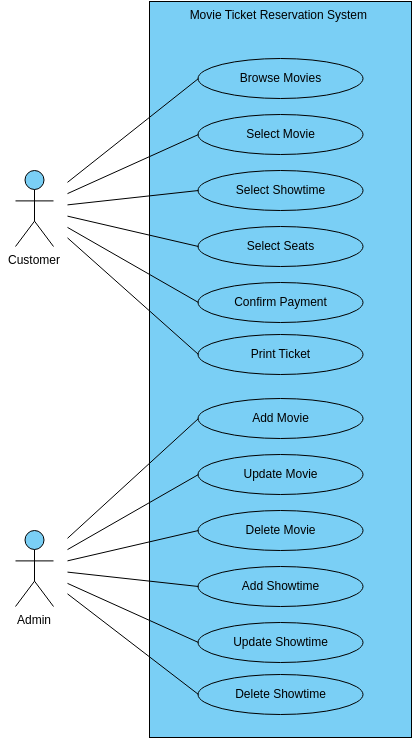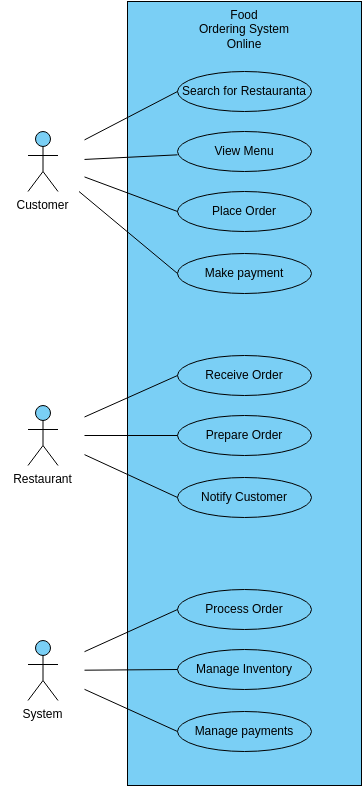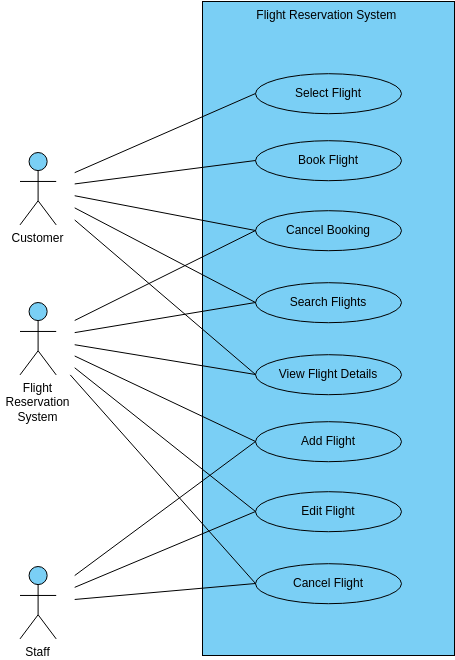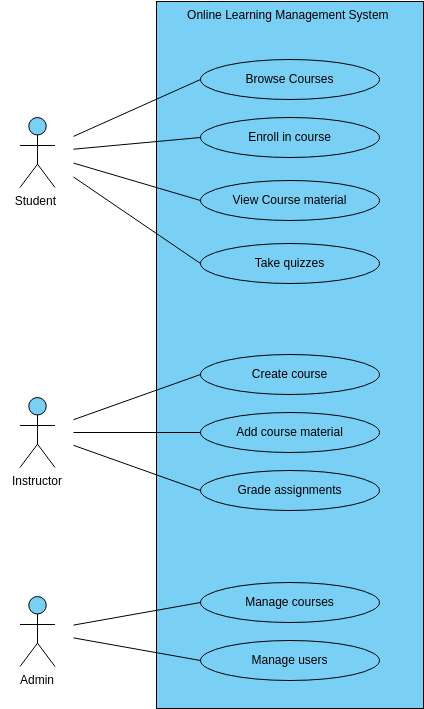Hospital Management System
The Hospital Management System is an essential tool for managing various hospital operations, including room allocation, report generation, doctor and nurse information management, appointment management, and patient information management. The system provides a centralized location for all hospital-related information, making it easy for hospital staff to access and manage the information at their convenience.
One of the primary features of the system is the ability to manage room allocation. This feature allows hospital staff to allocate rooms to patients based on their needs and preferences. Additionally, the system allows hospital staff to track room availability and occupancy, ensuring that patients are allocated to appropriate rooms and resources are utilized efficiently.
The system also offers the ability to generate reports, providing valuable insights into hospital operations. Hospital staff can generate reports on various aspects of hospital operations, such as patient demographics, room occupancy rates, and financial performance. These reports can be used to improve hospital operations, identify trends, and make informed decisions.
Another essential feature of the system is doctor and nurse information management. Hospital staff can manage the information of doctors and nurses, including their contact information, schedules, and areas of expertise. This feature ensures that hospital staff can easily communicate with doctors and nurses, allocate resources effectively, and provide appropriate care to patients.
Finally, the system provides the ability to manage patient information. Hospital staff can manage patient information, such as medical history, demographics, and appointment schedules. Additionally, the system allows hospital staff to schedule appointments and manage patient records, making it easy to provide appropriate care to patients.
In conclusion, the Hospital Management System provides a range of features that enable hospital staff to manage hospital operations efficiently and effectively. The system supports room allocation, report generation, doctor and nurse information management, appointment management, and patient information management, providing a seamless experience for hospital staff. The system is designed to be user-friendly and customizable, ensuring that hospital staff can access and manage information according to their needs and preferences. The system also provides valuable insights into hospital operations, enabling hospital staff to make informed decisions and improve hospital operations.
Benefits of creating this use case diagram
Creating a use case diagram for the Hospital Management System provides several benefits for the project team and stakeholders. Firstly, the use case diagram helps to define the scope of the system and identify the key functionalities that it should provide. This makes it easier for the project team to prioritize tasks and allocate resources effectively. By understanding the needs and requirements of hospital staff and patients, the team can develop a system that meets their expectations and provides a seamless user experience.
Secondly, the use case diagram helps to ensure that all stakeholders are on the same page when it comes to the system's functionality. This is important because stakeholders may have different expectations and interpretations of the system's scope. By clearly defining the system's functionalities and use cases, the project team can ensure that all stakeholders have a common understanding of what the system will do and how it will work. This can reduce misunderstandings and prevent delays or mistakes in the development process.
Moreover, a use case diagram serves as an essential communication tool between the project team and stakeholders. It allows the team to communicate the system's requirements and functionality in a clear and concise manner that is easily understood by stakeholders. By doing this, stakeholders can provide feedback on the system's functionality, which the project team can use to improve the system's design and make it more user-friendly. This feedback loop ensures that the system meets the needs and expectations of hospital staff and patients, resulting in a more successful implementation.
Overall, creating a robust use case diagram for the Hospital Management System ensures that the system is developed in a consistent and coherent manner, satisfying the needs of both hospital staff and patients, and delivering value to stakeholders.
